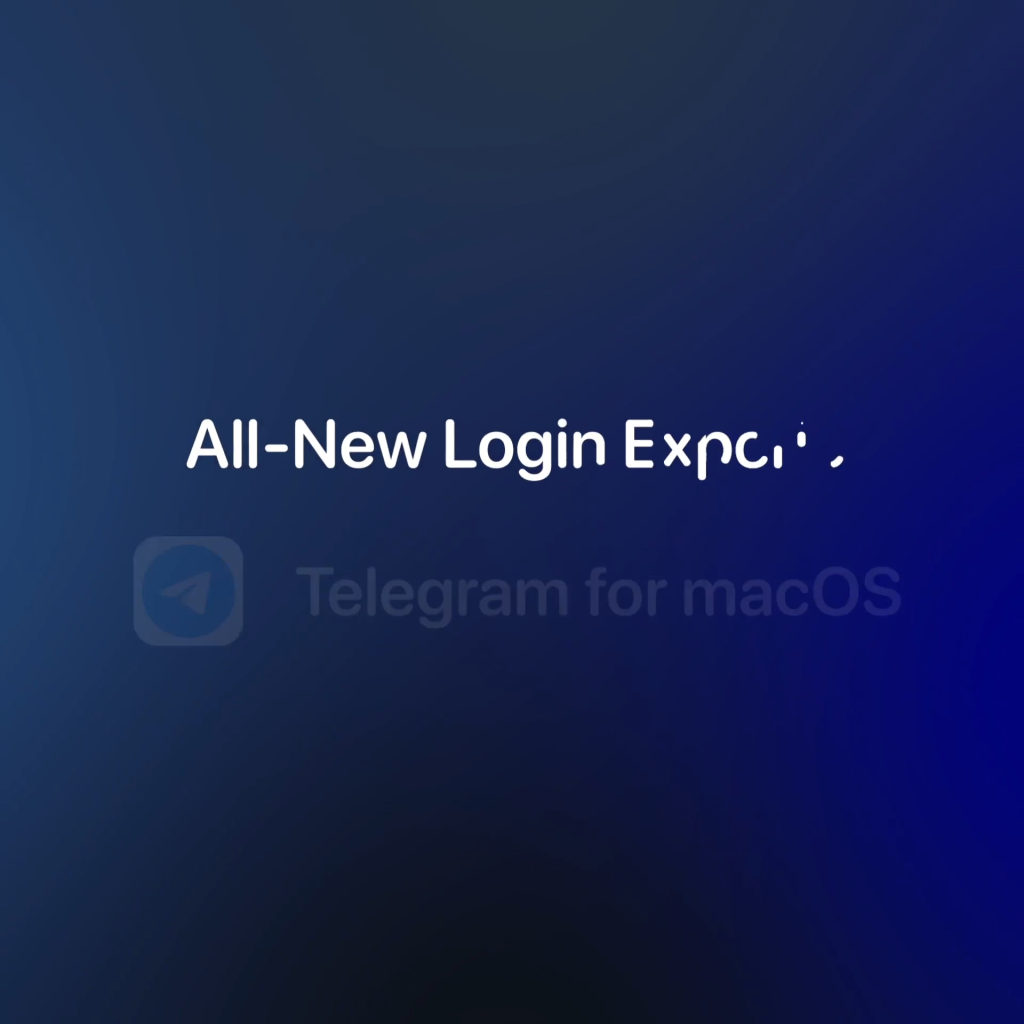
Yes, funds can be stolen from a Trust Wallet if security measures are compromised, such as through phishing attacks or malware.
Common Security Risks
Phishing Attacks
Phishing attacks are a prevalent threat where attackers trick users into revealing sensitive information such as passwords or private keys. These attacks often come in the form of fake emails, websites, or messages that appear legitimate.
- Suspicious Emails: Emails that appear to be from Trust Wallet or other reputable sources asking for personal information.
- Fake Websites: Websites designed to mimic the official Trust Wallet site, prompting users to enter their login credentials.
- Social Engineering: Attackers posing as trusted individuals or organizations to extract confidential information.
Malware and Viruses
Malware and viruses can infect your device, compromising the security of your Trust Wallet. These malicious programs can steal your private keys, passwords, and other sensitive information.
- Infected Apps: Downloading apps from untrusted sources can lead to malware infections.
- Malicious Links: Clicking on links from unknown or untrusted sources can download viruses onto your device.
- Keyloggers: Specific types of malware designed to record keystrokes to capture login information and private keys.

Best Practices for Security
Enabling Two-Factor Authentication
Two-Factor Authentication (2FA) adds an extra layer of security to your Trust Wallet account. By requiring a second form of verification, 2FA significantly reduces the risk of unauthorized access.
- Authenticator Apps: Use trusted authenticator apps like Google Authenticator or Authy to generate secure 2FA codes.
- Backup Codes: Keep a copy of your backup codes in a secure place in case you lose access to your authenticator app.
- SMS Verification: Although less secure than authenticator apps, SMS verification can still provide an additional layer of security.
Regularly Updating the App
Keeping your Trust Wallet app updated is crucial for maintaining security. Updates often include patches for security vulnerabilities and improvements to protect your assets.
- Automatic Updates: Enable automatic updates on your device to ensure you always have the latest security enhancements.
- Manual Checks: Regularly check for updates if automatic updates are not enabled, and install them promptly.
- Patch Notes: Review the patch notes for updates to understand what security improvements and bug fixes are included.
Recognizing Phishing Attempts
Suspicious Emails and Links
Phishing emails and links are designed to look legitimate but aim to steal your sensitive information. Being vigilant about the source and content of emails and links can help protect your Trust Wallet.
- Sender Verification: Always verify the sender’s email address to ensure it is from an official source. Be cautious of slight variations in the address that may indicate a phishing attempt.
- Email Content: Look out for urgent requests or scare tactics used to prompt immediate action, such as claiming your account is compromised.
- Link Inspection: Hover over links to check the URL before clicking. Ensure that the URL matches the official Trust Wallet website or other trusted sites.
- Attachments: Avoid opening attachments from unknown or unverified senders, as they may contain malware.
Fake Websites
Fake websites are crafted to mimic legitimate ones, tricking users into entering their login credentials or private keys. Identifying these fake sites is crucial to maintaining your wallet’s security.
- URL Accuracy: Always check the website URL carefully. Phishing sites often use URLs that are very similar to the official site but with slight differences.
- SSL Certificates: Ensure the website has a valid SSL certificate, indicated by “https://” and a padlock icon in the address bar.
- Website Design: Be wary of websites that have poor design, misspellings, or unusual pop-ups, as these are common signs of phishing sites.
- Direct Access: Instead of clicking on links, type the official website address directly into your browser to ensure you are visiting the legitimate site.

Importance of Private Key Safety
Storing Private Keys Securely
Private keys are the most critical component of your Trust Wallet’s security. Losing your private key or having it stolen can result in the permanent loss of your funds. Therefore, it is essential to store private keys securely.
- Offline Storage: Use hardware wallets or paper wallets to store your private keys offline, away from internet access.
- Encrypted Storage: If you must store your private keys digitally, ensure they are encrypted and stored in a secure, password-protected location.
- Backup Copies: Create backup copies of your private keys and store them in separate, secure locations to prevent loss due to damage or theft.
Avoiding Sharing Private Keys
Sharing your private keys with anyone can lead to unauthorized access to your Trust Wallet and potential loss of funds. It is crucial to keep your private keys confidential and only accessible to you.
- Never Share: Under no circumstances should you share your private keys with anyone, including friends, family, or support personnel.
- Scam Awareness: Be aware of scams where attackers pose as legitimate entities asking for your private keys. Trust Wallet or any legitimate service will never ask for your private keys.
- Secure Communication: Avoid discussing or transmitting your private keys over insecure communication channels, such as email or messaging apps.

Using Hardware Wallets
Benefits of Hardware Wallets
Hardware wallets offer enhanced security for storing your private keys and managing your cryptocurrencies. These physical devices are designed to keep your keys offline, reducing the risk of hacks and unauthorized access.
- Enhanced Security: Hardware wallets provide a secure environment for storing private keys, keeping them isolated from internet-connected devices.
- Protection Against Malware: Since private keys never leave the hardware wallet, they are protected from malware and keyloggers on your computer or smartphone.
- User-Friendly: Many hardware wallets come with user-friendly interfaces and support for multiple cryptocurrencies, making them easy to use for both beginners and experienced users.
- Backup and Recovery: Hardware wallets typically offer backup and recovery options, allowing you to restore access to your funds if the device is lost or damaged.
How to Use a Hardware Wallet with Trust Wallet
Using a hardware wallet with Trust Wallet involves a few simple steps to ensure your private keys remain secure while you manage your assets.
- Purchase a Compatible Hardware Wallet: Ensure you choose a hardware wallet that is compatible with Trust Wallet, such as Ledger or Trezor.
- Set Up the Hardware Wallet: Follow the manufacturer’s instructions to set up your hardware wallet, including creating a secure PIN and writing down the recovery seed phrase.
- Connect to Trust Wallet: Open Trust Wallet and navigate to the settings or wallet section. Select the option to connect a hardware wallet and follow the on-screen instructions.
- Authorize Transactions: When making transactions, you will need to connect your hardware wallet to your device and authorize the transaction using the hardware wallet’s interface.

Responding to Security Breaches
Immediate Actions to Take
If you suspect that your Trust Wallet has been compromised, it is crucial to act quickly to minimize potential losses and secure your assets.
- Disconnect from the Internet: Immediately disconnect your device from the internet to prevent further unauthorized access.
- Change Passwords: Change all passwords associated with your Trust Wallet and any linked accounts, such as email or exchange platforms.
- Transfer Funds: If possible, transfer your funds to a secure wallet that has not been compromised. Use a hardware wallet or another trusted wallet to store your assets temporarily.
- Scan for Malware: Run a comprehensive malware and antivirus scan on your device to detect and remove any malicious software that may have contributed to the breach.
Contacting Trust Wallet Support
Reaching out to Trust Wallet support can provide guidance and assistance in securing your account and recovering from a security breach.
- Report the Incident: Contact Trust Wallet support through their official website or app, and report the security breach. Provide detailed information about the issue and any suspicious activity you have noticed.
- Follow Support Instructions: Trust Wallet support may ask for specific details or suggest steps to further secure your account. Follow their instructions carefully to ensure the best possible outcome.
- Stay Updated: Keep an eye on any communications from Trust Wallet support. They may provide updates on the status of your issue and additional steps you may need to take.

Staying Informed about Security Threats
Following Official Trust Wallet Updates
Keeping up-to-date with official Trust Wallet updates is essential for maintaining the security of your assets. Trust Wallet frequently releases updates that include security patches, new features, and important information about potential threats.
- Official Website and Blog: Regularly visit the Trust Wallet official website and blog for the latest news and updates.
- Social Media Channels: Follow Trust Wallet on social media platforms like Twitter, Facebook, and LinkedIn to receive real-time updates and announcements.
- In-App Notifications: Enable notifications within the Trust Wallet app to get alerted about important updates directly on your device.
- Email Newsletters: Subscribe to Trust Wallet’s email newsletters to receive detailed updates and security tips.
Joining Crypto Security Communities
Participating in crypto security communities can help you stay informed about the latest threats, security practices, and trends in the cryptocurrency world. These communities often share valuable insights and advice on how to protect your digital assets.
- Online Forums: Join online forums like Reddit’s r/cryptocurrency or BitcoinTalk, where users discuss security issues and share advice.
- Telegram and Discord Groups: Many crypto communities have active Telegram and Discord groups where members discuss security threats and solutions.
- Security Blogs and Websites: Follow reputable security blogs and websites that focus on cryptocurrency and blockchain security, such as Cointelegraph and CryptoSlate.
- Local Meetups and Conferences: Attend local meetups, webinars, and conferences focused on cryptocurrency security to network with other professionals and enthusiasts.